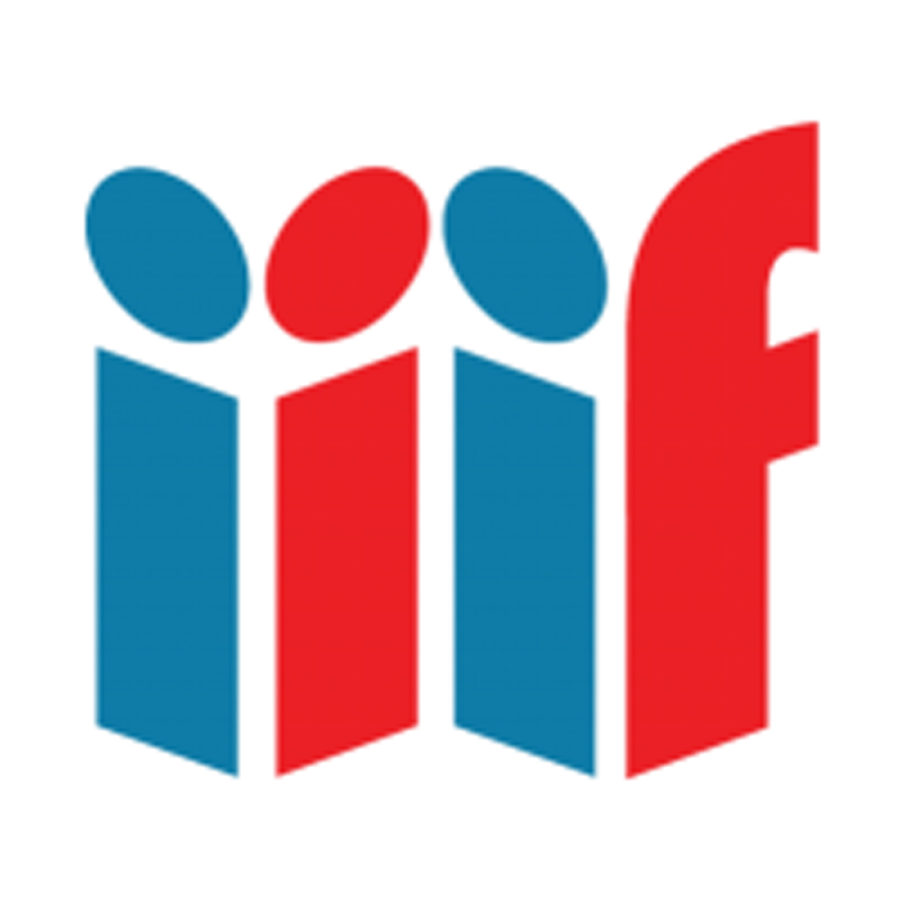Newman Institute embraces new way to preserve history
Chief Technology Officer for the Oakland-based National Institute for Newman Studies Daniel Michaels spoke about IIIF — International Image Interoperability Framework — which is enhanced by a network of cloud-based servers produced by NINS.
October 16, 2018
A whole new world of possibilities for digitizing historical documents and releasing them online free to the public has found a home in Oakland.
The National Institute for Newman Studies, which is headquartered on North Dithridge Street, hosted an event at Heinz Chapel Monday evening called “Social Scholarship and Digital Humanities in the 21st Century.” Led by Daniel Michaels, chief technology officer of the NINS, the presentation aimed to showcase leading technologies for digitizing historic works from the 19th century.
The NINS is a religious center affiliated with Duquesne University and the Pittsburgh Oratory, which was founded in 2000. The institute focuses on the works of John Henry Newman, a 19th-century Catholic priest known for his controversial plan for the Anglican Church to retain Catholic beliefs and rituals.
Michaels led the NINS in joining a community of research libraries that collaborate and share their findings digitally. Through this process, the NINS has adapted its systems to fit the International Image Interoperability Framework, an archival platform which allows any IIIF-compliant viewer to access its materials. The platform was initially released in 2012 and has since been adopted by hundreds of secular and religious libraries — from the Library of Congress to the Vatican Library. IIIF-compliant institutions provide a common URL for accessing, and then manipulating, historical documents.
“[IIIF will] give scholars an unprecedented level of uniform and rich access to image-based resources hosted around the world,” Michaels said.
One key feature of IIIF, called “deep zoom,” allows for significant image magnification without pixelation. According to Michaels, this feature can provide increased accessibility of texts to those with poor vision. To demonstrate the feature he zoomed in and out from a gigapixel photo — photos which contain 1 million pixels and can only be made by a handful of cameras in the world — taken in space.
“I can still see the highs and lows of detail without the need to download every pixel,” Michaels said.
Seeing every pixel in great detail is especially important for vision-impaired individuals like Elizabeth McKay, a senior at Duquesne University. McKay said the ability to enlarge materials, combined with the ability to digitally annotate them, is an incredible learning tool.
“I think that [enlargement and annotation] is something the printed page doesn’t always allow you to do fully,” McKay said. “But this does. You’re not constricted by writing around someone else’s words.”
Annotations can provide key information to readers, which is a central part of IIIF. A cornerstone of the platform is the ability to add such “linked data,” which allows users to add notes, tags, transcriptions and translations to documents. The feature allows for broader engagement with materials by providing readers with the opportunity to combine multiple documents into one viewing experience, according to Michaels.
Michaels highlighted the use of this technology with a digital image of the famous “Life of Buddha” painting. He opened the painting and displayed the corresponding Tibetan commentary with its English translation alongside the work.
“We have the ability to present, preserve and document massive amounts of data,” Michaels said.
Kristin Gottron, a Pitt 2012 alumnae and avid reader of Newman’s works, expressed her excitement about the application of the new technology. She said it allows her to combine her two loves — religion and technology.
“Any way that we can better understand and better make his work accessible is something that is absolutely something we need to spend our time on,” Gottron said.
IIIF doesn’t only provide digitized tools for students — scholars and professors are beginning to consider the more wide-reaching effects of IIIF across academia. James Swindal, dean of the Duquesne University McAnulty College and Graduate School of Liberal Arts, attended the event to hear about IIIF. He oversees a NINS-affiliated scholarship position at Duquesne.
Swindal said he is excited about the potential long-term effects of using the IIIF — specifically the ability to use the newly available data to draw connections between different documents and making the documents more accessible to the general public.
“It just heightens … the number of perceptions you can use to tell a story,” Swindal said. “You don’t just want to put the books there, you want to be increasing their accessibility.”








